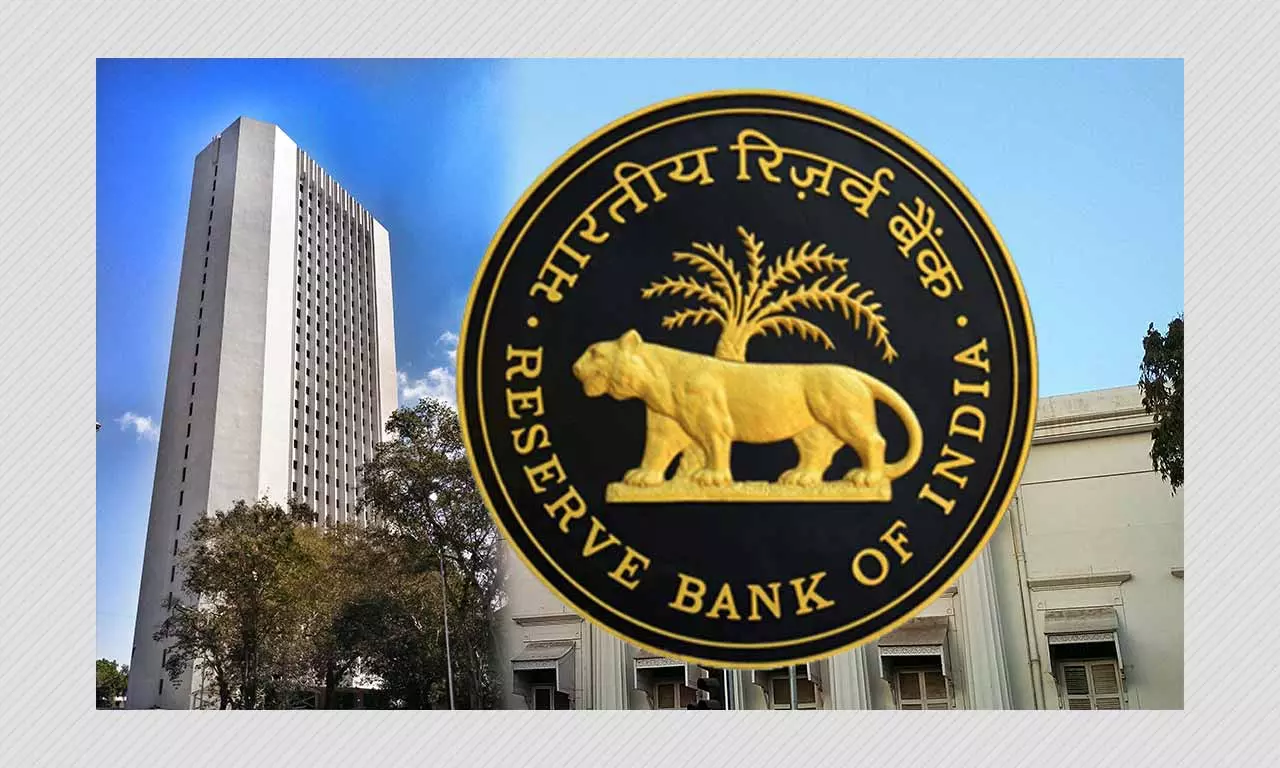The RBI has played conservatively on both development and inflation fronts. If crude oil prices remain high, a landmine is probably predicted again next year, says Kotak Mutual Fund’s Deepak Agrawal.
The Reserve Bank of India (RBI) has opted for a conservative stance in its recent decisions, maintaining inflation and growth forecasts despite market expectations for revisions.
Inflation Forecast and Crude Oil Impact
Despite hopes for a slight downward revision in inflation forecasts due to lower core inflation, the RBI chose to maintain similar levels, citing concerns over the recent spike in crude oil prices.
The stability of inflation targets hinges on the trajectory of crude oil prices, particularly if they remain within the $80-85 per barrel range.
Growth Estimate Retention
Expectations were also high for an upward revision in growth estimates, but the RBI retained the same forecast. This conservative approach reflects caution amidst uncertainties, including global economic dynamics and domestic factors.
India’s Favorable Position
Also read: RBI imposes monetary penalty on co-operative banks
India currently enjoys a favorable economic position characterized by high growth rates and relatively low inflation. The country’s growth momentum has been surprisingly robust, indicating inherent strength in the economy.
RBI’s Policy Stance and Monetary Easing
Given India’s strong domestic macroeconomic indicators, there is a case for maintaining the current policy stance. The real interest rates, with the repo rate at 6.5 percent and inflation around 4.5 percent, are substantial, providing room for maneuvering.
Global Monetary Easing and Future Rate Cuts
RBI’s stance also takes into account global monetary easing trends, particularly anticipated rate cuts by the US Federal Reserve in 2024.
Following such developments, the RBI may consider adjusting its stance and potentially cutting rates in the later part of FY 2025.
Overall, the RBI’s conservative approach aims to strike a balance between supporting economic growth and ensuring price stability, while also taking into account global economic trends and uncertainties.


































